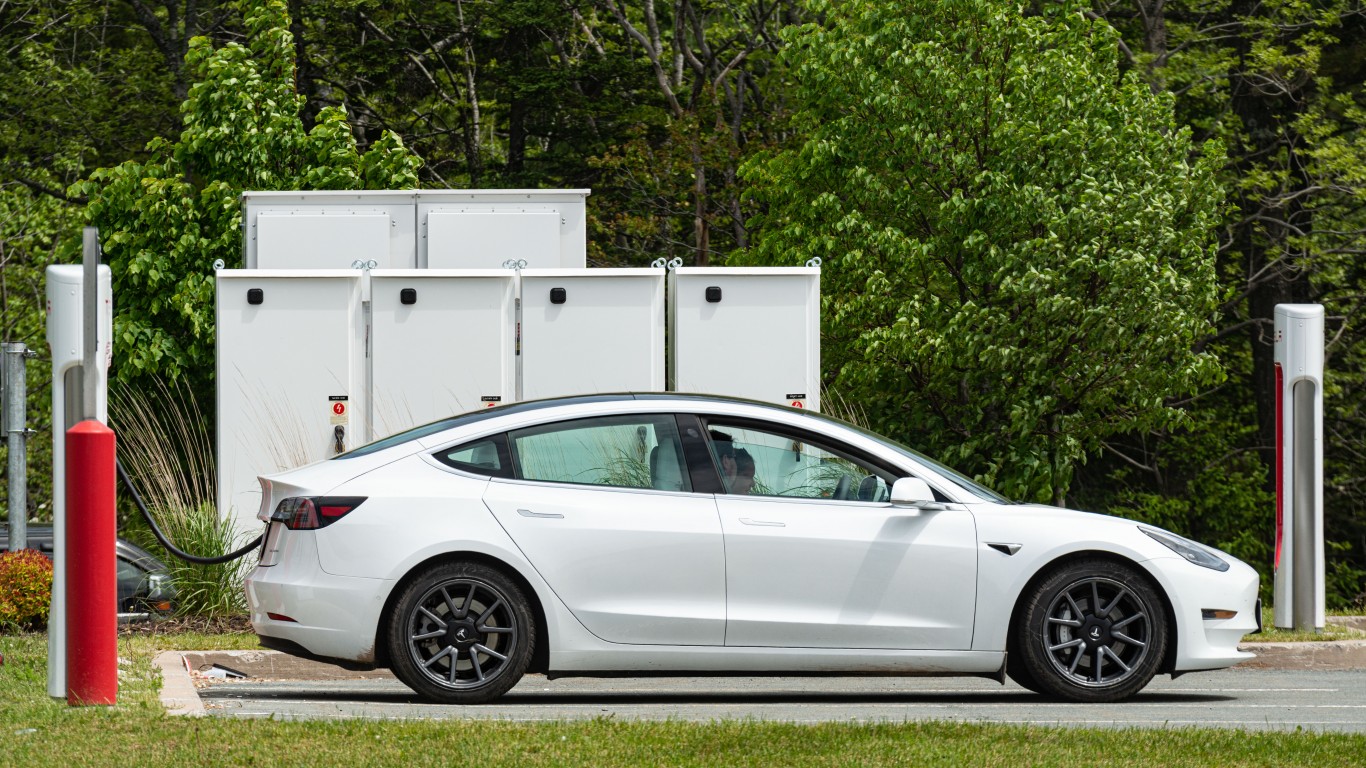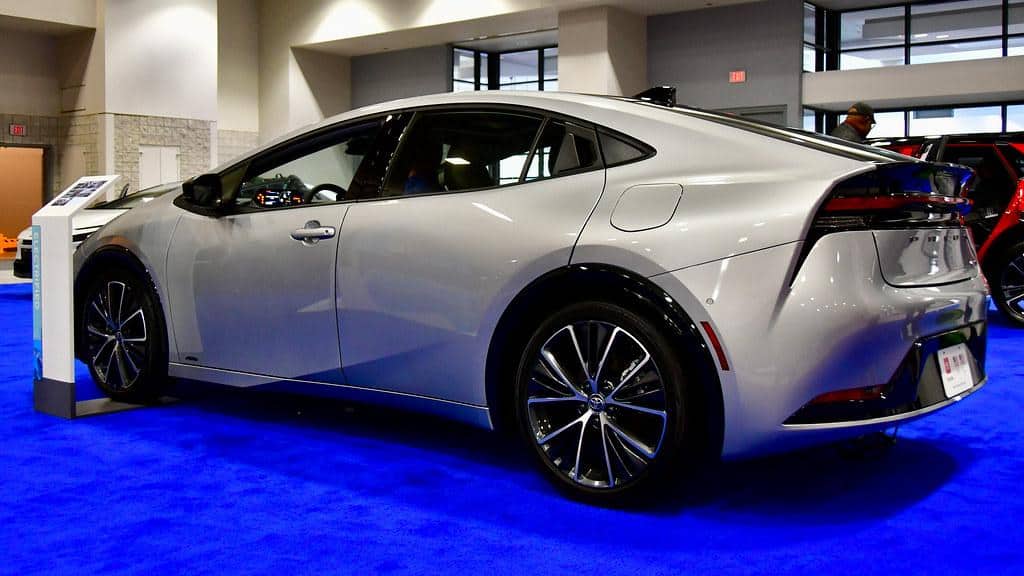
24/7 Insights
- The Toyota Prius is one of the best hybrid-electric vehicles today.
- Toyota has sold millions of Prius vehicles since 2001.
- Multiple car models have a Prius badge.
- Also: Discover “The Next NVIDIA”
One of the most beloved hybrid-electric vehicles on the market, the Toyota Prius, has been around since 2001. As popular as the vehicle is, it should come as no surprise that the Prius family has sold more than 6 million models. Complete with Toyota’s comfort and reliability, the Prius has long been praised for being both comfortable and environmentally friendly. At least, this is true for most model years. To better look at the Prius model years you should purchase or avoid, we look at CarComplaints and its trusty data set.
Why Is This Important?
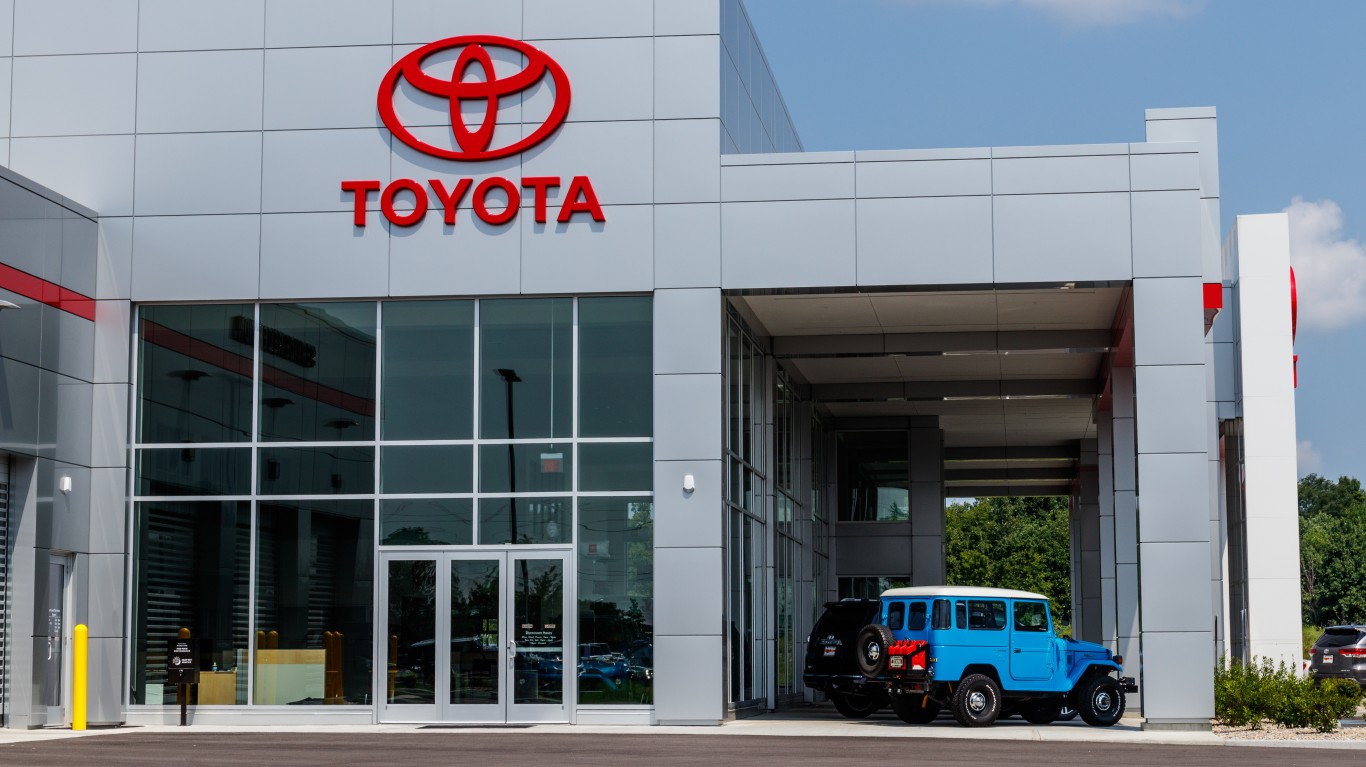
Aside from the fact that it’s super helpful to know which car models you should avoid or purchase, 24/7 Wall St regularly covers Toyota. As one of the world’s biggest automobile manufacturers, Toyota is a trendsetter. This means that other car brands look to Toyota to influence the market, which can, in turn, affect the bottom line of other companies we cover, such as GM and Ford.
Avoid: 2007
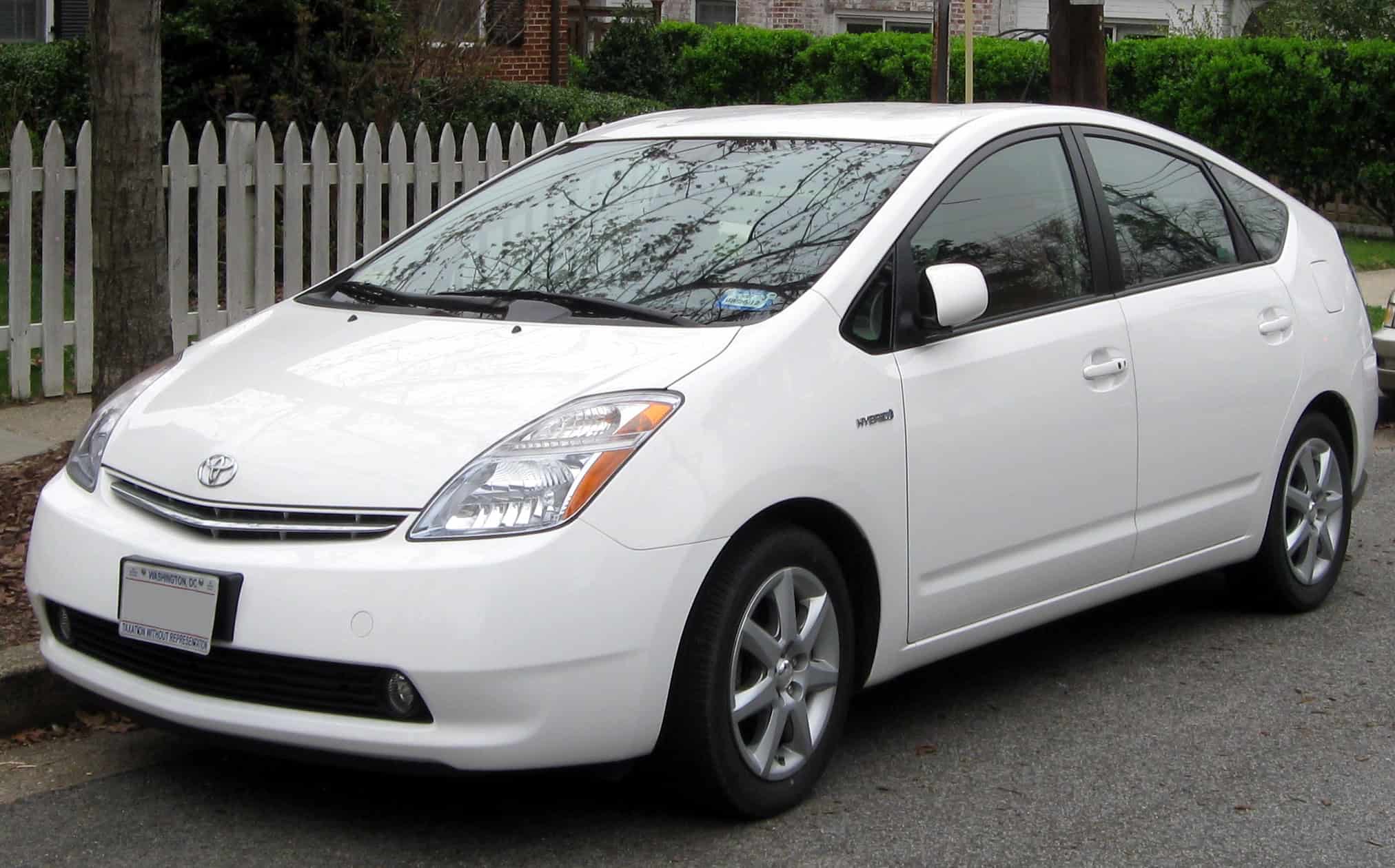
- Total NHTSA complaints: 2,439
Undoubtedly one of the worst years in Toyota Prius history, 2007 is a year to avoid. Close to 2,500 National Highway Transportation and Safety Administration complaints suggest staying far away, especially around lighting problems.
Avoid: 2008
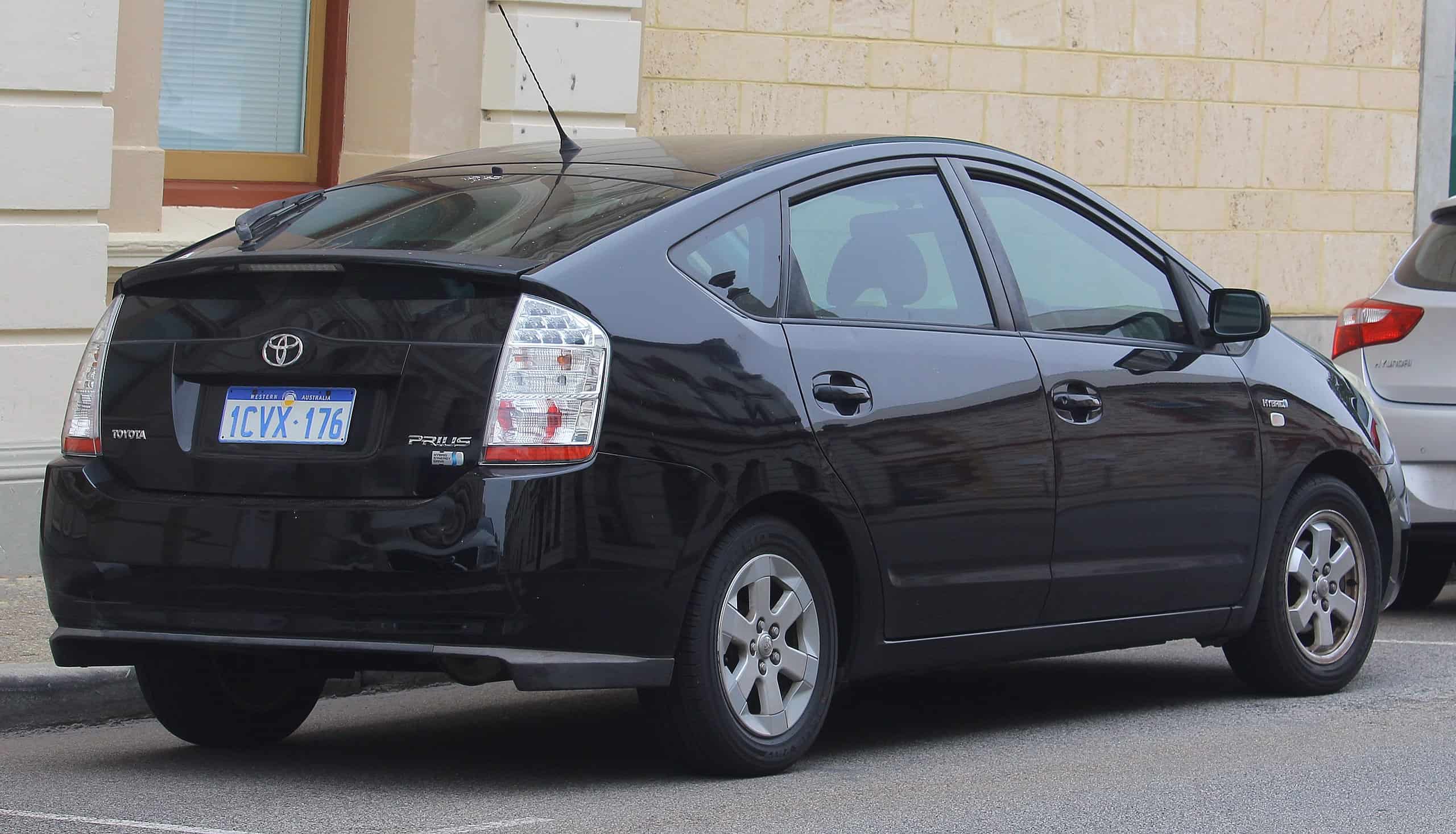
- Total NHTSA complaints: 1,857
Between holdover issues with lighting and brakes from 2007, the 2008 Toyota Prius is another model year to avoid. Issues with the headlights shutting off while driving were dangerous to the Prius driver and other cars that might not see the Prius coming. Finally, add in concerns about excessive oil consumption.
Avoid: 2010
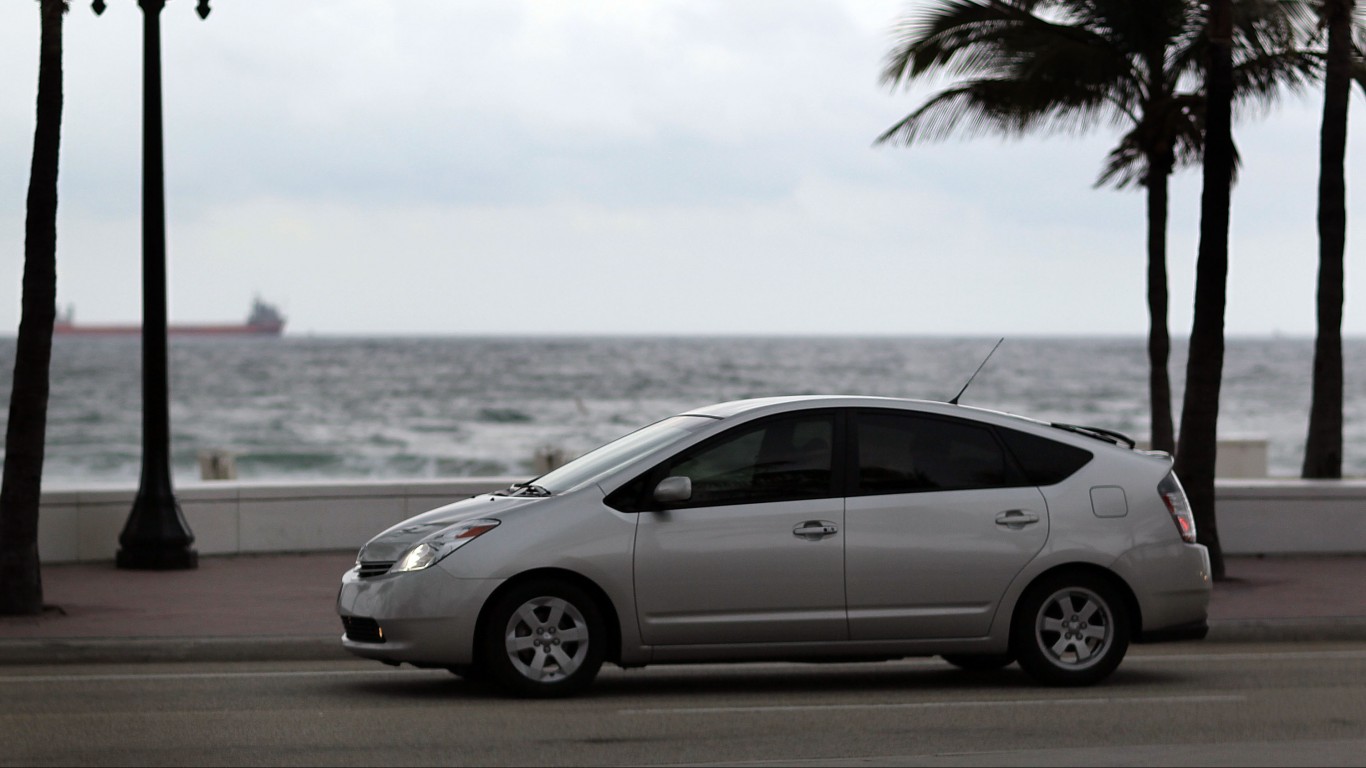
- Total NHTSA complaints: 3,365
Complete with Car Complaint’s “Avoid Like the Plague” stamp, there is every reason to think 2010 is one of the Prius’ worst model years. The brake issue that accounts for 2,055 of the total NHTSA complaints is well documented and caused multiple recalls before a fix was finally found.
Avoid: 2011
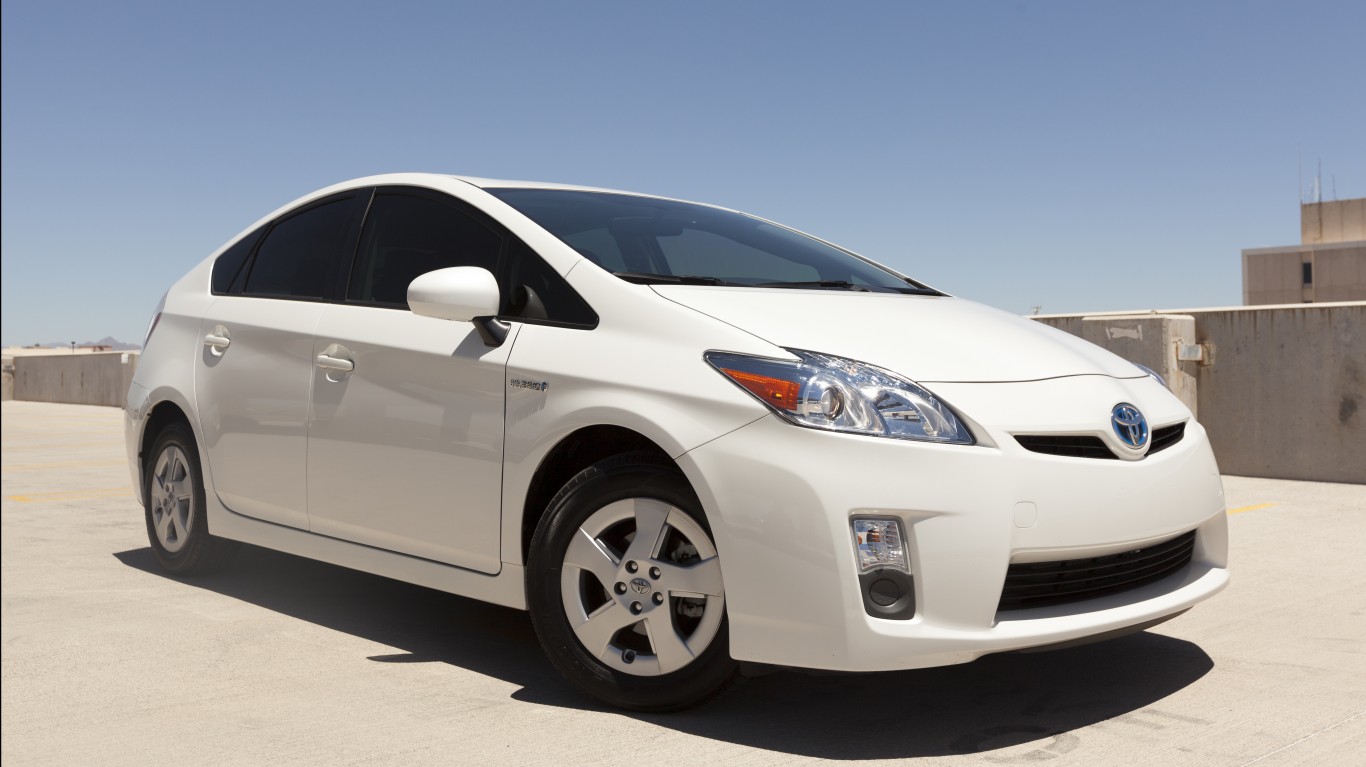
- Total NHTSA complaints: 587
Yet another “Avoid Like the Plague” award from Car Complaints is a dead giveaway that the 2011 Prius is another model year to avoid. Brakes again remain the focus this year, although the number of NHTSA complaints has dropped to 246.
Avoid: 2016
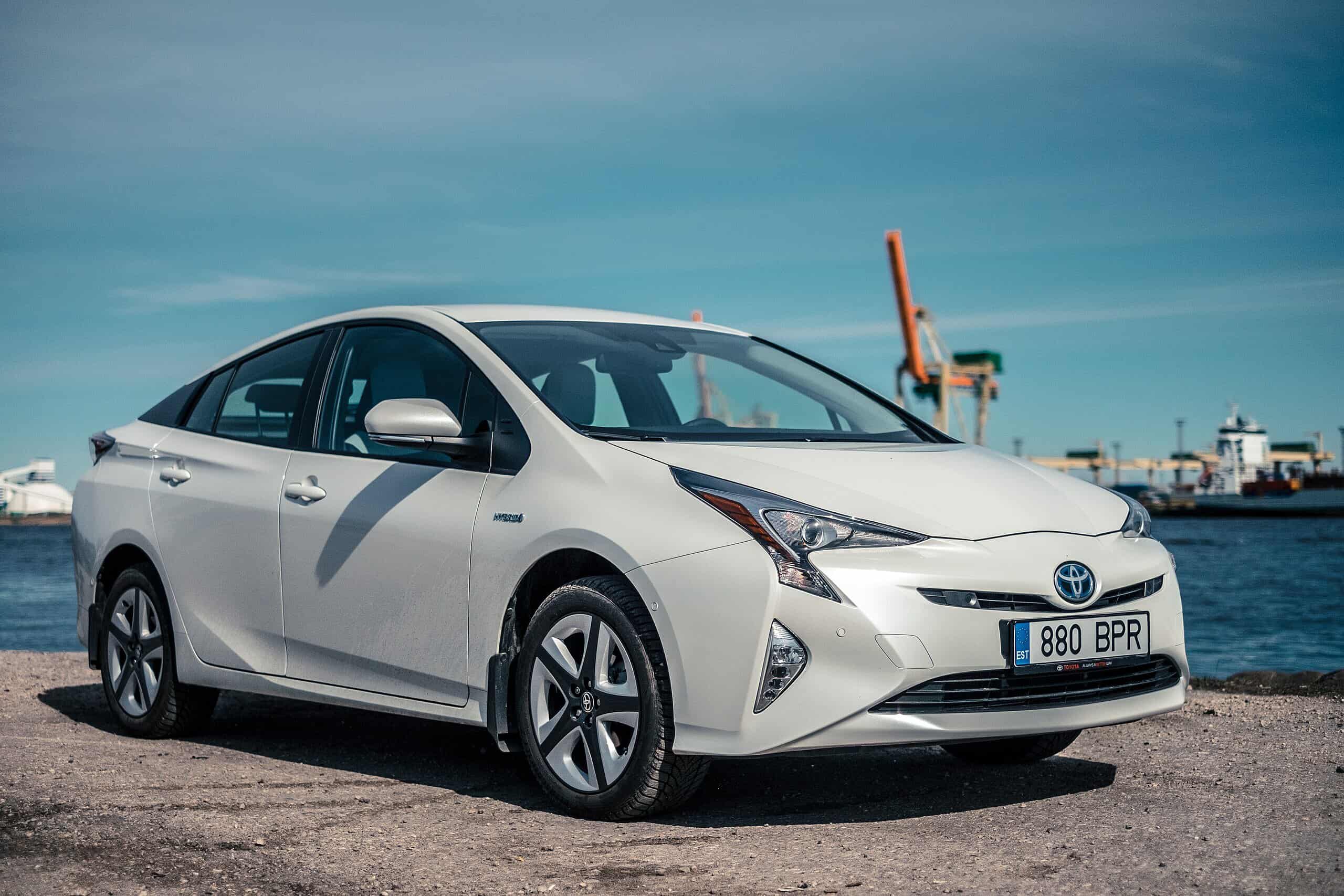
- Total NHTSA complaints: 200
Don’t let the low number of NHTSA complaints fool you; the 2016 Prius is still one to avoid. The car’s windshield was prone to cracking even under light stress, which has been a complete pain for buyers.
Own: 2014
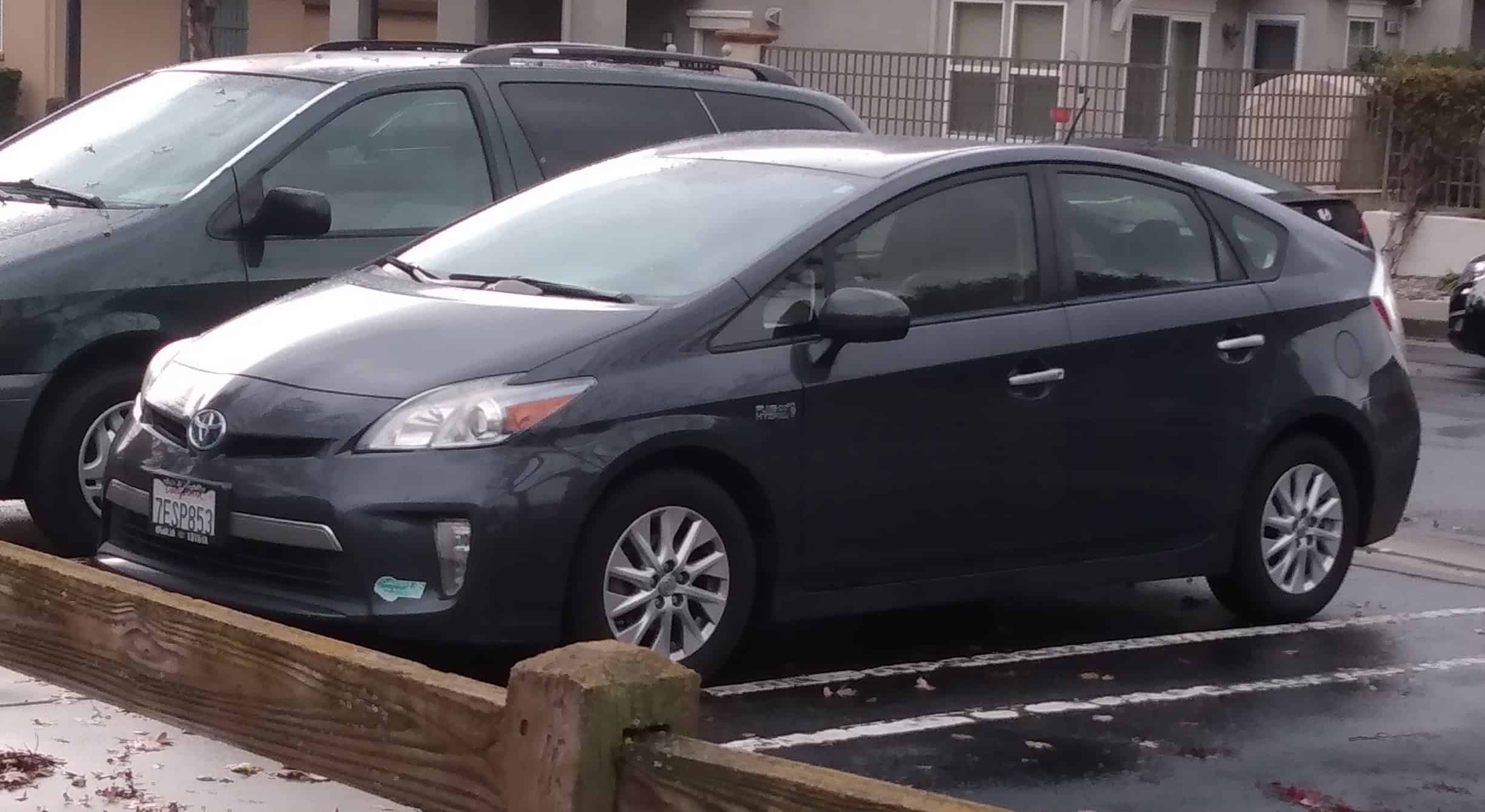
- Total NHTSA complaints: 202
Earning the “Seal of Pretty Good” from Car Complaints, the 2014 Toyota Prius is a model year worth owning. Most engine and oil issues from previous years have been resolved, while MPG has improved.
Own: 2015
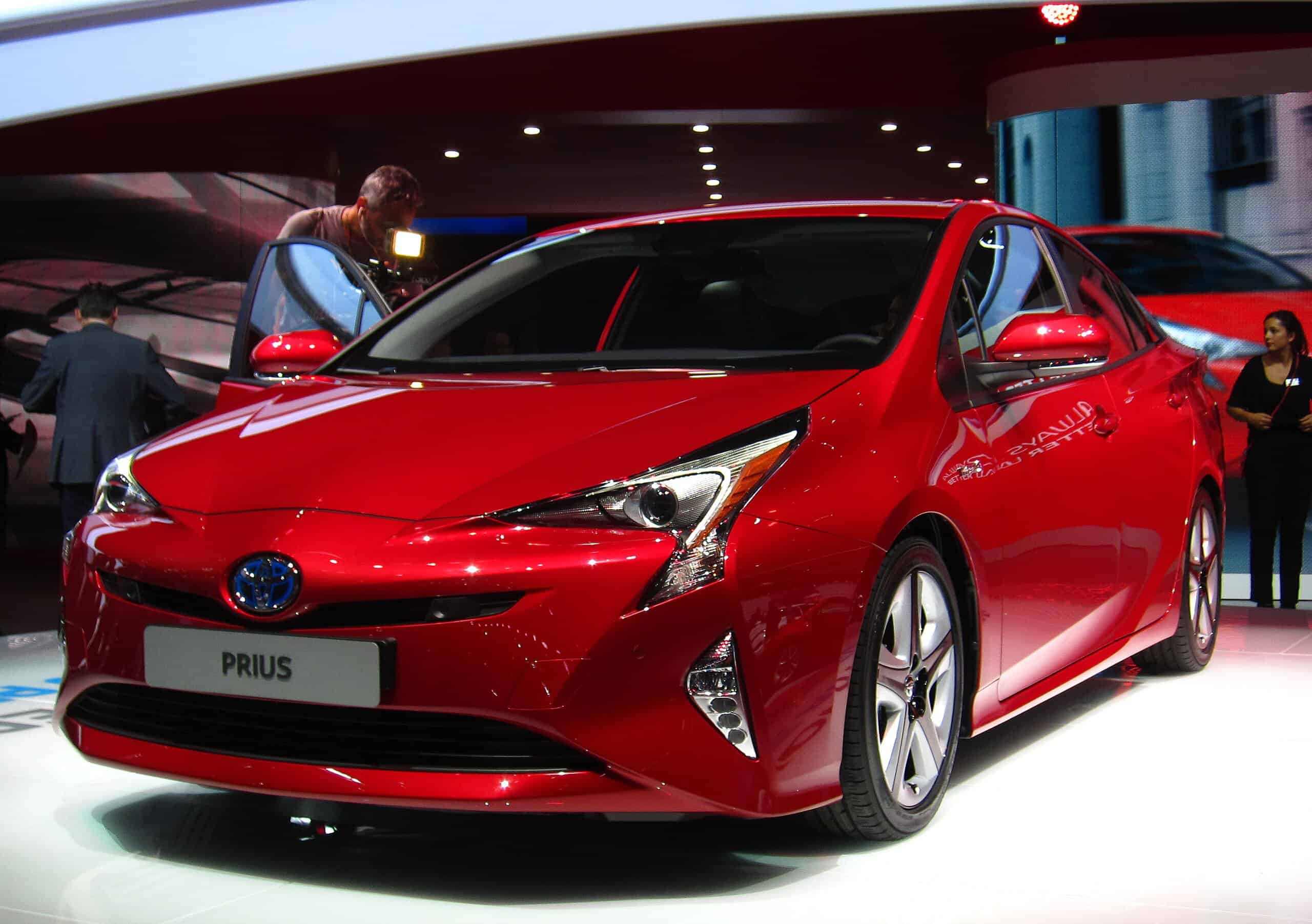
- Total NHTSA complaints: 126
With the Car Complaints “Seal of Awesome,” the 2015 Prius model year is an easy purchase. While brake problems were present, the car earned an IIHS Top Safety+ award for outstanding safety.
Own: 2018
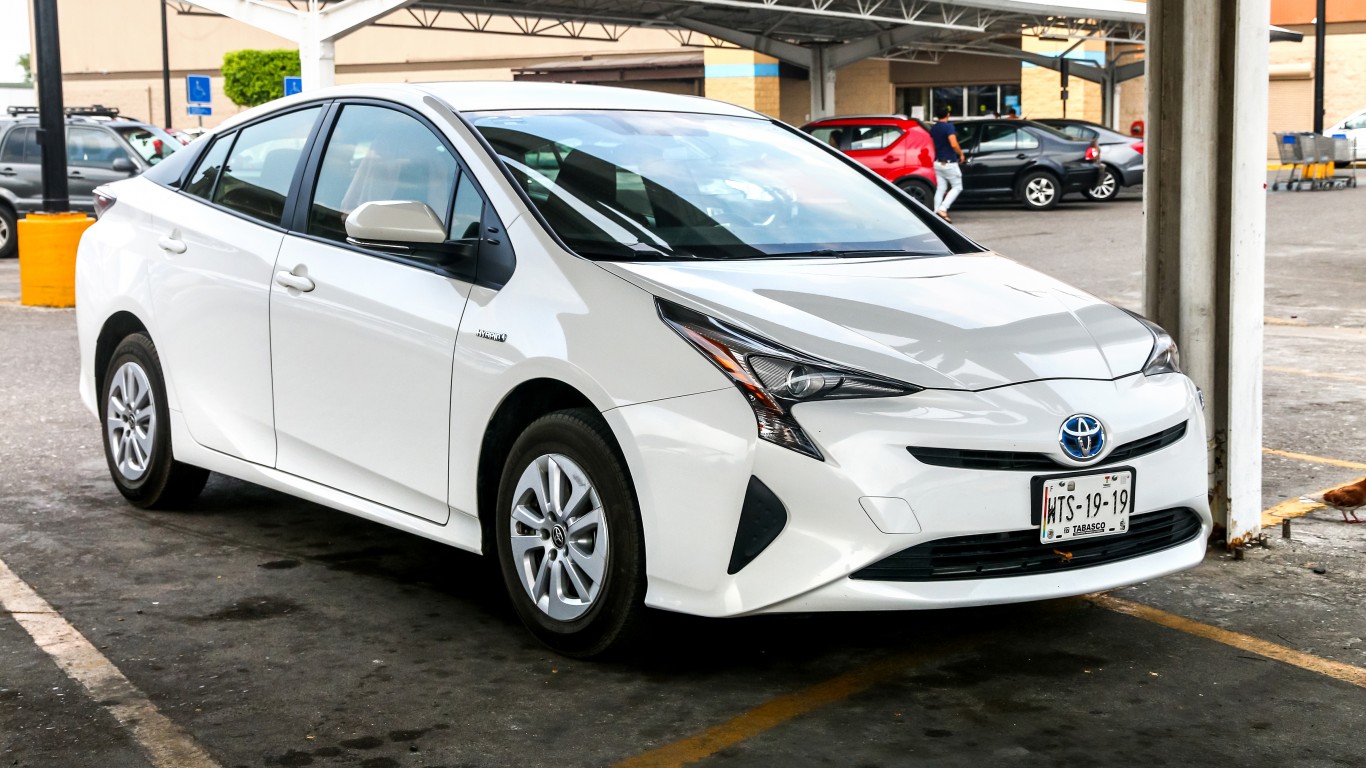
- Total NHTSA complaints: 35
Led by a drop in NHTSA complaints down to just 35 in 2018, it should be no surprise to see the Prius earned Car Complaint’s “Seal of Awesome.” No standout issues in 2018 would prevent any recommendation for this model year.
Own: 2021
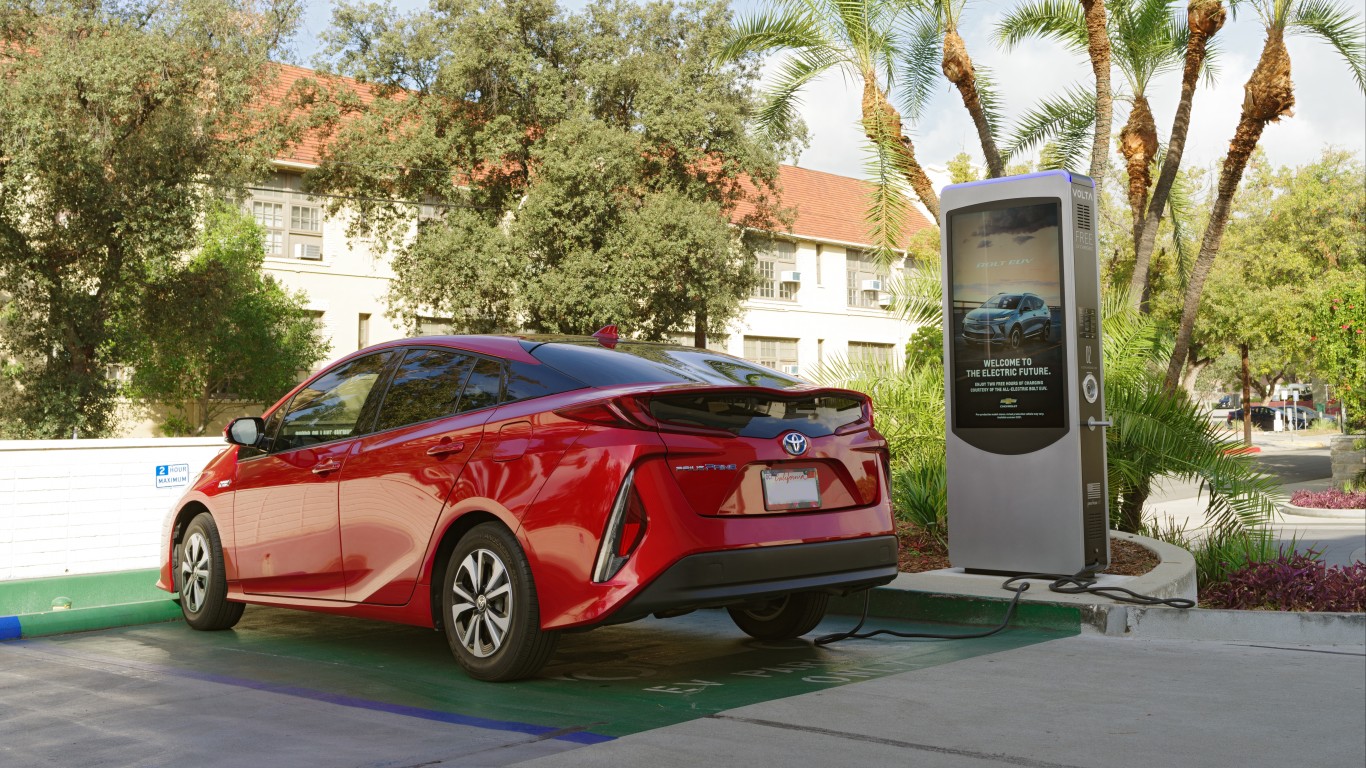
- Total NHTSA complaints: 7
While it’s possible more than 7 NHTSA complaints can roll in, the 2021 model year for the Toyota Prius is what every car manufacturer strives for during manufacturing. Add to this low number another outstanding safety report, and 2021 is a must-own model year.
Own: 2022
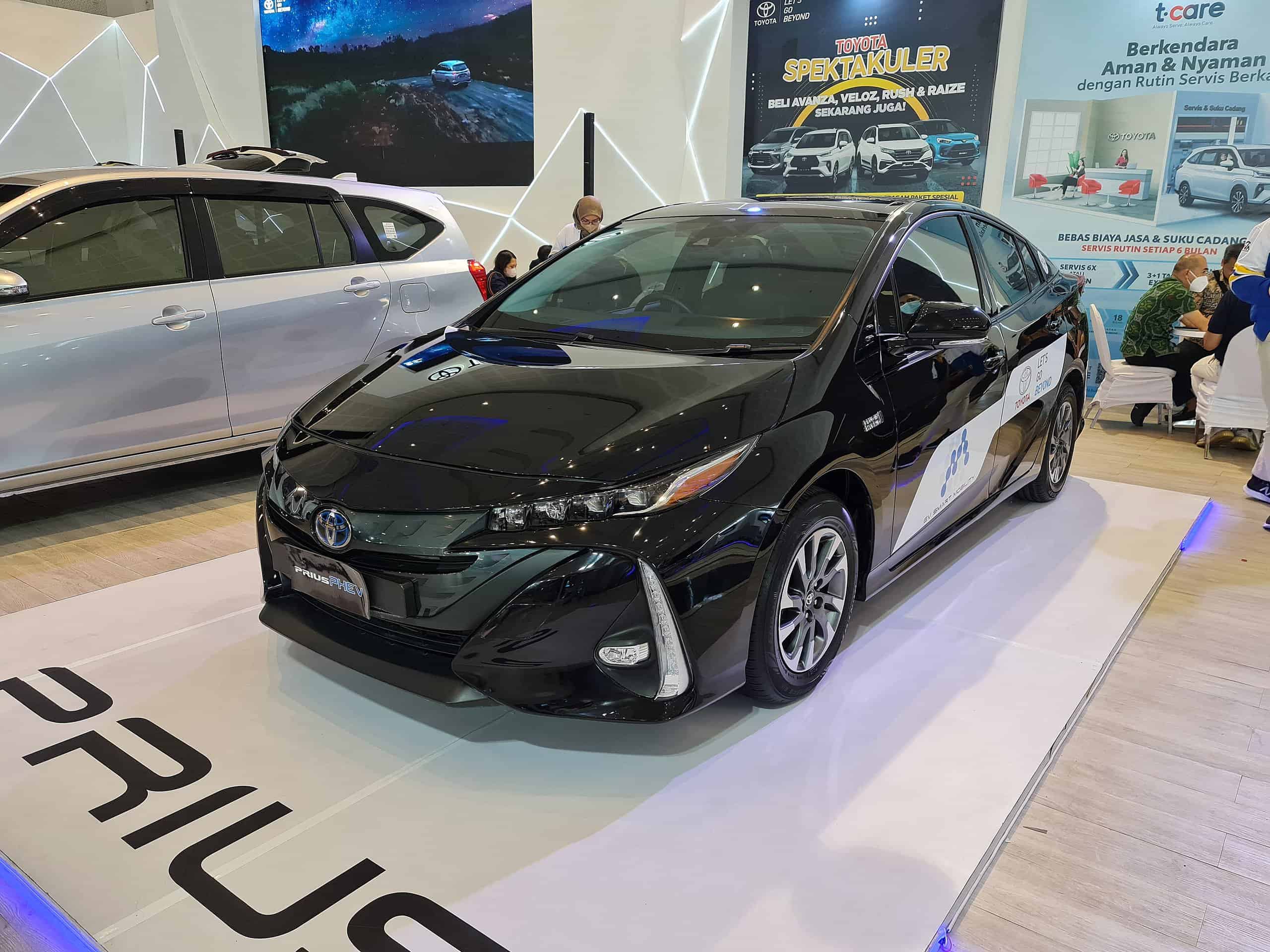
- Total NHTSA complaints: 18
Although 2022 saw double the number of NHTSA complaints from 2021, the number of only 18 complaints two years on is already a great sign this year will be a good one. Consider the lack of major issues and only one recall as a very positive sign.
Thank you for reading! Have some feedback for us?
Contact the 24/7 Wall St. editorial team.

